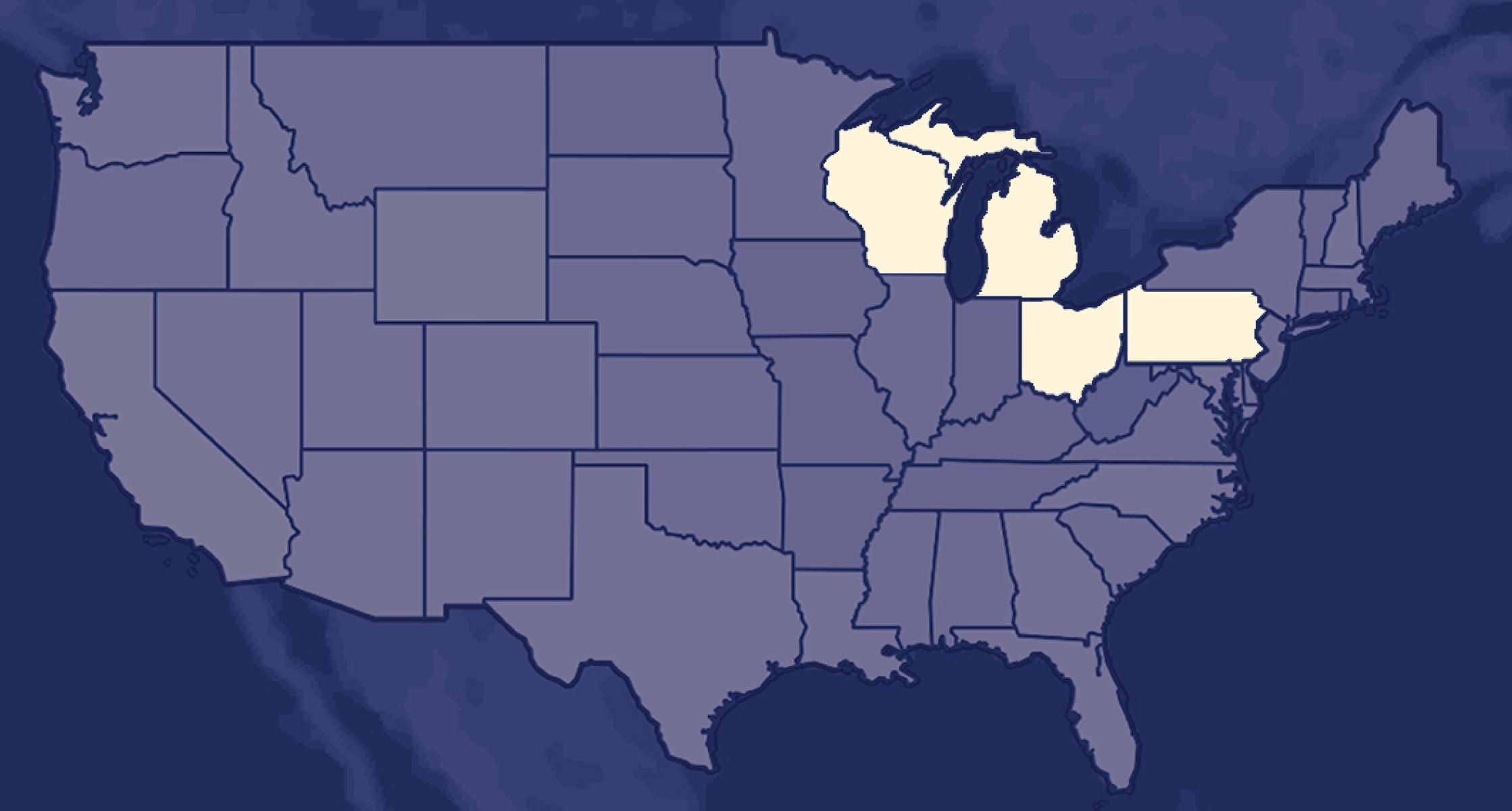New Research Proves the Power of Persuasion
Newly-released data from a randomized controlled trial conducted by Galvanize Action and Grow Progress showed persuasion programming increased vote choice for the Democratic Senate candidate by 8.3pp. The study included 2,000 white women across Pennsylvania, Wisconsin, and Ohio and ran from mid-May to Election Day. Women in the treatment group saw ads on reproductive freedom, the economy, healthcare, culture war issues, and democracy, as well as ads from the One For All Committee in support of candidates leading up to the midterms. This extraordinary outcome—significantly higher than the average persuasion impact—was the result of a unique approach: sustained programming over six months, rigorously-tested messages and ads tailored to connect with women on their core values, and a hopeful, solutions-based narrative to address the multiple issues they care most about.

The persuasion programming decreased the percentage of white women who blamed the Biden Administration or Democrats for inflation by 8.6pp while increasing the percentage who blamed corporations, greed, and the wealthy by 4.7pp—a shift critical in a midterm year when historically the current President’s party does poorly. It also increased agreement that public officials should take action to ensure all women have the freedom to make their own decisions about abortion by 5pp, and increased the saliency of abortion as a top issue for right-of-center white women voters by an astounding 28.7pp. Together, these factors minimized the anticipated “red wave” by helping voters make sense of the range of issues important to them, reject the minority party’s overreach on abortion, and reduced their impulse to punish the party in power for the economy.
Midterm results and CNN exit polls provide additional evidence of the power of this approach. The programming tested in the randomized controlled trial was also deployed by Galvanize Action and partner organizations to over 3.5M persuadable white women in Pennsylvania, Wisconsin, Michigan, and Ohio’s first congressional district. Nationally, white women favored Republicans by 8pp, but white women performed significantly better where this persuasion program ran.
- The Pennsylvania Senate race resulted in the only flipped Senate seat, and white women favored the Democratic candidate by 3pp.
- In Wisconsin, white women voters went for the incumbent Republican Senate candidate by just 1pp, outperforming the national trend by 7pp.
- A majority of white women voted in favor of Michigan’s Proposal 3 (56% to 44%) where Galvanize Action persuasion ads on reproductive freedom had over 9 million impressions.
- In Ohio’s first congressional district—where the Democratic candidate was given only a 16% chance of flipping that House seat—persuasion ads were delivered to 100,000 moderate white women and the Democrat won by fewer than 15,000 votes.





